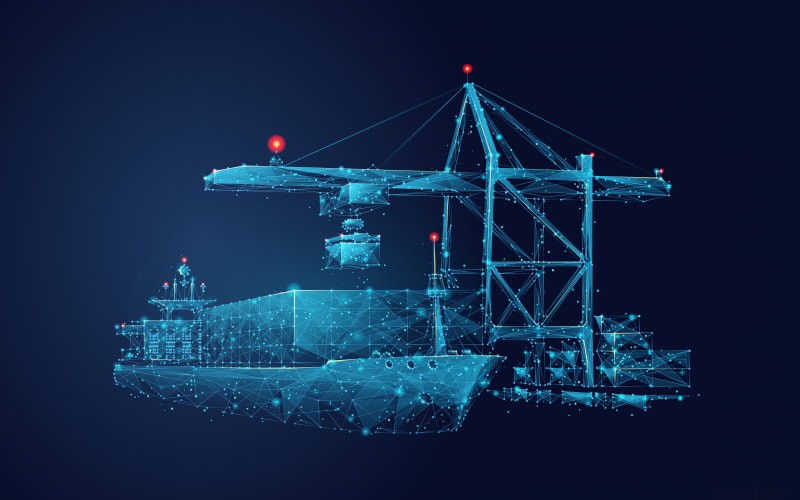Cybersecurity threats affecting the Shipping Industry

The shipping industry, like many other sectors, faces a variety of cybersecurity threats as it becomes more interconnected and reliant on digital technologies. Here are some cybersecurity threats specifically relevant to the shipping industry:
- Ransomware Attacks:
- Cybercriminals may deploy ransomware to encrypt critical systems and data, demanding a ransom for their release. If shipping companies’ systems are compromised, it could lead to disruptions in vessel operations, logistics, and financial transactions.
- Phishing and Social Engineering:
- Phishing attacks, including spear phishing, can target employees in the shipping industry. Cybercriminals may use deceptive emails, messages, or phone calls to trick personnel into revealing sensitive information or providing access credentials.
- Maritime Supply Chain Attacks:
- Cyber threats can extend to the maritime supply chain, affecting communication and coordination between shipping companies, ports, logistics partners, and customs authorities. An attack on any part of this chain can lead to disruptions and delays.
- Navigation System Manipulation:
- With the increasing reliance on GPS and electronic navigation systems, attackers may attempt to manipulate these systems, leading to navigation errors, collisions, or deliberate misdirection of vessels.
- Port System Vulnerabilities:
- Ports are critical nodes in the shipping network. Cyber attackers may target port systems to disrupt operations, manipulate cargo data, or gain unauthorized access to shipping-related information.
- IoT Device Exploitation:
- The Internet of Things (IoT) is becoming prevalent in the maritime industry through the use of sensors and smart devices on ships. If these devices are not adequately secured, they can become entry points for cyber attackers to compromise ship systems.
- Inadequate Cybersecurity in Ship Systems:
- Ships increasingly rely on complex interconnected systems, including navigation, propulsion, and communication. Inadequate cybersecurity measures on these systems can make them susceptible to hacking, potentially leading to remote control or manipulation of ship functions.
- Insider Threats:
- Employees or contractors with access to critical systems may pose an insider threat, either intentionally or unintentionally compromising cybersecurity. This could result from negligence, lack of awareness, or malicious intent.
- Political and Geopolitical Cyber Threats:
- The shipping industry can be affected by cyber threats arising from geopolitical tensions. State-sponsored attacks or politically motivated hacking groups may target shipping companies or critical infrastructure to assert influence or cause disruptions.
- Lack of Security Standards and Regulations:
- The shipping industry may face challenges due to the absence of standardized cybersecurity practices and regulations. Inconsistent security measures across different organizations can create vulnerabilities and gaps in the overall defense against cyber threats.
To mitigate these cybersecurity threats, the shipping industry should invest in robust cybersecurity measures, conduct regular risk assessments, provide comprehensive training to personnel, and collaborate with relevant authorities and cybersecurity experts to stay ahead of evolving threats. Additionally, implementing and adhering to industry-wide cybersecurity standards and regulations can enhance the overall resilience of the shipping ecosystem.





